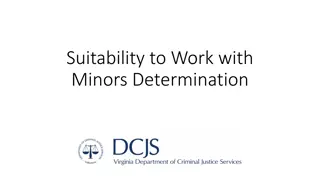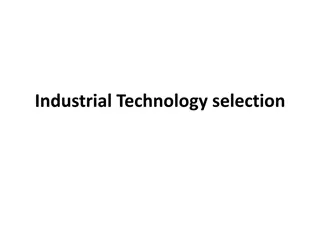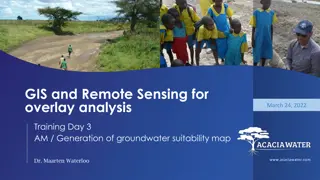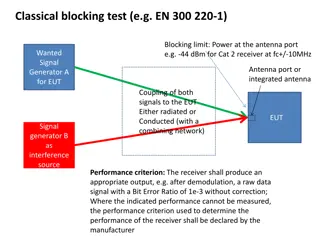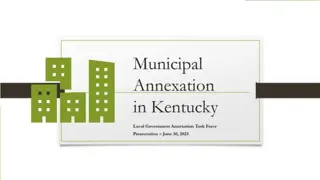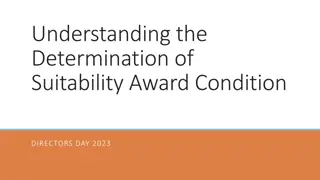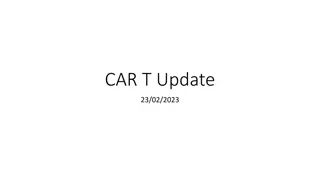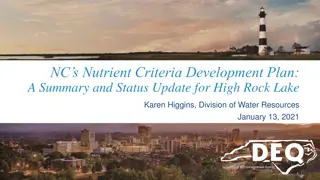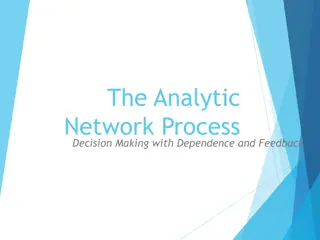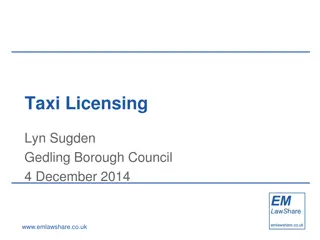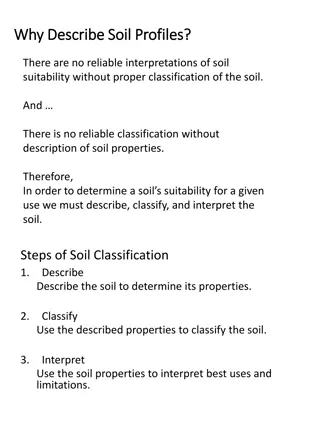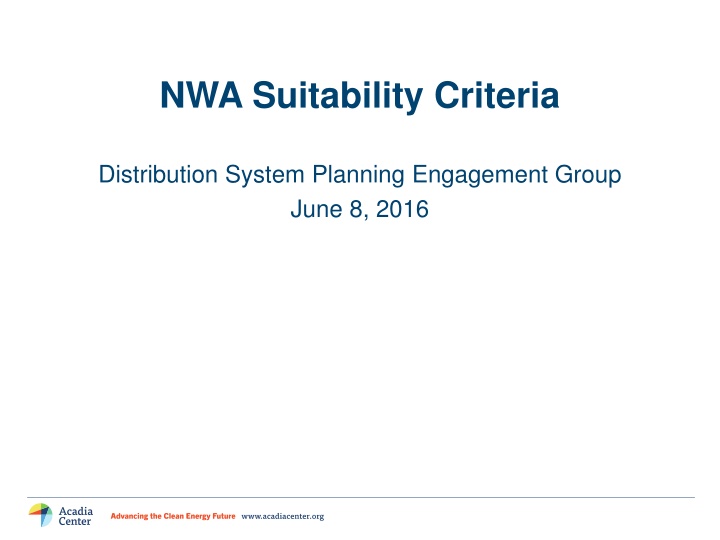
NWA Suitability Criteria
The Rhode Island NWA Standards establish a framework identifying customer-side resources to improve reliability & asset utilization. Criteria include NWA definition, suitability, basis for comparing alternatives, and financial analysis. Grid needs are centered on system capacity, distributed generation constraints, operational considerations, and reliability. The NWA suitability criteria in RI emphasize cost considerations, load reduction expectations, and construction timelines. Relaxing the criteria is being considered due to decreased load growth rates in RI.
Download Presentation

Please find below an Image/Link to download the presentation.
The content on the website is provided AS IS for your information and personal use only. It may not be sold, licensed, or shared on other websites without obtaining consent from the author. If you encounter any issues during the download, it is possible that the publisher has removed the file from their server.
You are allowed to download the files provided on this website for personal or commercial use, subject to the condition that they are used lawfully. All files are the property of their respective owners.
The content on the website is provided AS IS for your information and personal use only. It may not be sold, licensed, or shared on other websites without obtaining consent from the author.
E N D
Presentation Transcript
NWA Suitability Criteria Distribution System Planning Engagement Group June 8, 2016
RI NWA Standards Rhode Island Standards for System Reliability Procurement established in 2011 provide a comprehensive framework for systematically identifying customer-side and distributed resources that may defer or eliminate distribution and transmission upgrades, as well as improve reliability and asset utilization These Standards are a result of a joint effort between RI Energy Efficiency and Resource Management Council (EERMC) participants - including Acadia Center, Office of Energy Resources, and the NCEC - and National Grid The Standards are continuously being revised and additional changes will be introduced later this year
RI NWA Standards The Standards include four key provisions: 1. NWA definition 2. NWA suitability criteria 3. Basis for comparing alternatives 4. Financial analysis
Grid Needs Suitable for NWA System capacity and load constraints Distributed generation constraints Operational considerations Preventative measures, e.g. reducing load and increasing useful life of equipment Reliability and resiliency
NWA Suitability Criteria in RI 1. The need is not based on asset conditions 2. The wires solution will cost more than $1 mln 3. If load reduction is necessary, it is expected to be less than 20% of the relevant peak load in the area of defined need 4. Start of wires alternative construction is at least 36 months in the future The utility may propose a project that fails to meet one or more of the above criteria if it has reason to believe that a viable NWA solution exists, assuming the benefits justify the costs
NWA Suitability Criteria in RI Since the criteria have been implemented, only one identified need has deemed suitable for NWA the most limiting requirement is that the need is not based on asset condition RI is currently considering relaxing the criteria as the load growth rate decreased significantly in recent year peak load growth rate is currently 1% or less in RI providing for longer time horizons for planning and implementing NWAs
NWA Solicitation Process Characterization of the need: Identification of the need, including the magnitude of the need, the shape of the load curve, the projected year and season by which a solution is needed, and other relevant timing issues. Identification of the level and duration of peak demand savings and/or other operational functionality required to avoid the need for the wires upgrade. Other information needed for regulators/decision-makers in order to assess alternative solutions: Description of the business as usual upgrade in terms of technology, net present value, cost (capital and O&M), revenue requirements, and schedule. Identification and description of the wires solution and how it would change as a result of the NWA. Description of the sensitivity of the need and T&D investment to load forecast assumption.
NWA Solicitation Process Information that should be solicited in NWA proposals: Description of the NWA solution, including a description of the NWA in terms of technology, reliability, cost, net present value, and timing. Ability of affected customers to participate. Implementation plan, including ownership and contracting considerations and options. NWAs should be compared to wires solutions based on the following: Ability to meet the identified need. Anticipated reliability of the alternatives; Risks associated with each alternative (e.g. risks of stranded investments, sensitivity of alternatives to differences in load forecasts, emergence of new technologies) Potential for synergy savings based on alternatives that address multiple needs. Operational complexity and flexibility. Implementation issues Customer impacts to potentially modify usage.
Contact Information Irina Rodina irodina@acadiacenter.org Abigail Anthony aanthony@acadiacenter.org Boston, MA Hartford, CT New York, NY Providence, RI Rockport, ME Ottawa, ON, Canada www.acadiacenter.org

